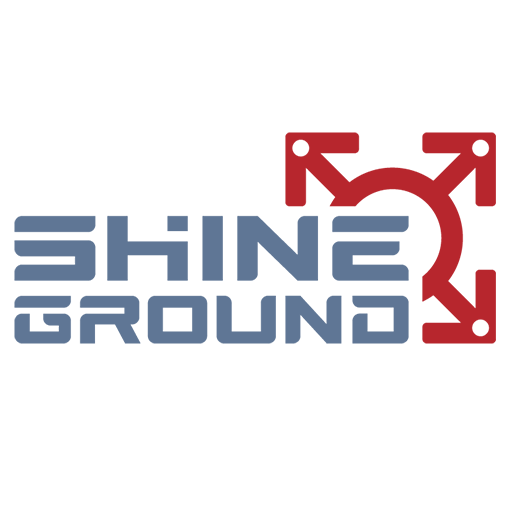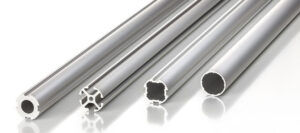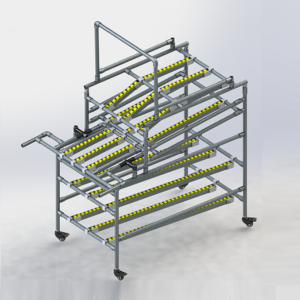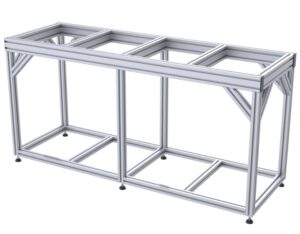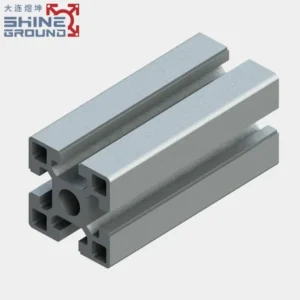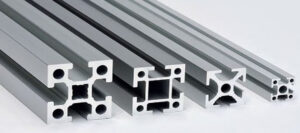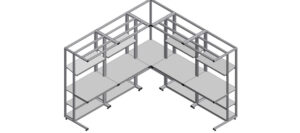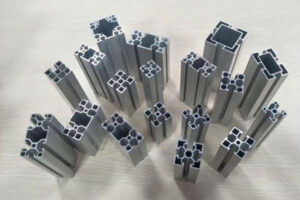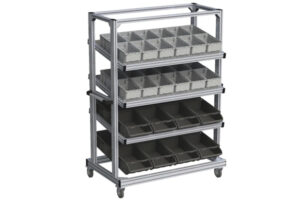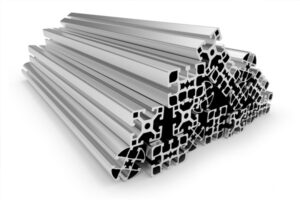
Advantages of T-Slot Aluminum Profiles in the Industrial Field
T-slot aluminum profiles feature T-shaped slots that act as universal connection points, enabling rapid assembly of brackets, panels, and accessories without welding or specialized tools. This modularity allows quick reconfiguration of industrial setups, such as robotic workcells or conveyor lines, saving time and costs during production changes. Aluminum alloys like
